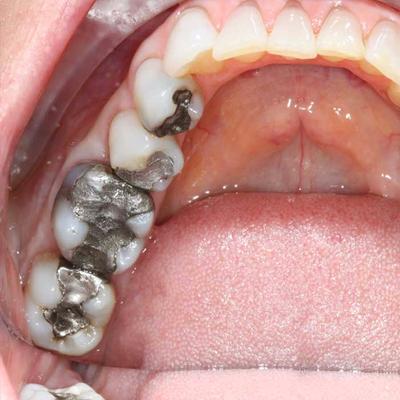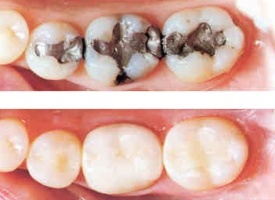

Treatment may include a tooth filling or root canal to repair tooth decay or restorative procedures like crowns, veneers, or dental bonding to help cover stubborn staining and restore a clean, white surface. More extensive dental procedures will be necessary for removing black or brown spots that are the result of tooth decay or damage. Deep extrinsic stains that have penetrated the enamel, however, require professional-strength whitening prescribed and applied by your dentist. Surface stains that have not seeped beneath the outer layer of your teeth can often be treated with over-the-counter whitening products like toothpaste or strips. Your best whitening option depends on the depth and severity of your staining. Can brown or black spots be removed from teeth?īlack or brown spots that are not the result of a cavity can usually be removed through teeth whitening.

Your dentist has the tools, training, and experience to determine what is causing your spot and how best to treat it. If you spy a black or brown spot on a tooth, your first course of action should be to schedule an appointment with a dentist.

Cavities are caused by plaque that isn’t removed from a tooth and begins to destroy the enamel of the tooth, turning it brown. Tooth decay discolors teeth in several ways.Tarter begins to appear near the gum line and must be removed by a dental professional. Tartar is the hard substance that results from plaque buildup on the teeth and can make the teeth appear brown or yellow.Children are particularly prone to discoloration from too much fluoride. Fluorosis, or excessive fluoride intake, can cause brown pits on the biting surface of the teeth-especially the back molars-and discolor the enamel.Black or brown spots on teeth can result from a whole host of factors, but some of the most common are: A crown or filling may be sufficient, or a more intensive restorative procedure such as a veneer, dental bonding, or root canal surgery may be necessary. The treatment for an intrinsic stain depends largely on the cause of it. Medical conditions, certain antibiotics, excessive fluoride, or trauma to the teeth, as well as internal fractures or infected root canals, can all begin to manifest as tooth discoloration. Intrinsic stains, on the other hand, develop from within the tooth as the result of environmental or genetic factors. These stains can usually be removed through cosmetic dentistry procedures like teeth whitening, dental bonding, or porcelain veneers. Extrinsic stains can result from years of smoking or tobacco use, as well as a diet that includes a lot of acidic foods, like red wine, soda, coffee, and tea. Reasons for tooth discoloration range from purely cosmetic surface stains to a symptom of tooth decay or damage and can appear as blotches, lines, or small dots.Įxtrinsic tooth stains are spots that develop when staining elements from dark or acidic foods have penetrated the enamel of the tooth, giving the tooth a yellow, brown, or just generally dull appearance. What causes black or brown spots on teeth? Keeping your pearly whites, well, pearly white, is made even more difficult by the porous nature of your teeth, which are susceptible to staining from the things you eat and drink. That’s a long time to stay clean and pristine, and even with the best dental care, tooth discoloration like brown or black spots are common in many adults.


 0 kommentar(er)
0 kommentar(er)
